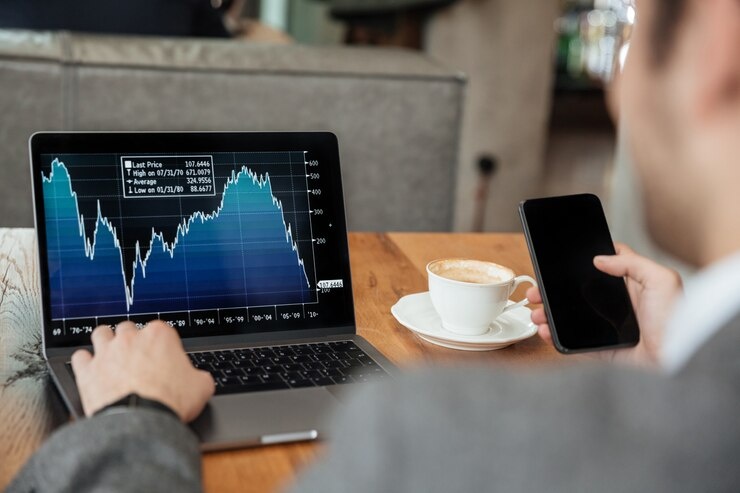|
Fresh approaches expected in stock market tech trends
Advanced technology and AI are rapidly transforming Vietnam’s stock market landscape, leading to significant changes in how firms operate and investors approach the market.

The Minh, analysis director at Yuanta Securities Vietnam, has observed a paradigm shift in the stock sector’s approach to technology, particularly AI.
“This trend, gaining momentum since 2022, is poised to revolutionise how securities firms operate and investors make decisions,” he said at a stock market conference last week.
“From just a few companies adopting tech solutions, we’re now witnessing a widespread integration of fintech and AI across the industry. This year, we’ve seen securities companies providing sophisticated services like AI-driven chatbots, a trend that’s set to continue and evolve.”
Minh also highlighted a significant transformation in staffing, where IT departments now represent a dominant portion of the workforce in many firms, marking a shift from the traditional broker-heavy model.
“This technological pivot aligns with upcoming regulatory changes. As the State Securities Commission of Vietnam prepares to launch the KRX system for the stock market, securities firms are increasingly focusing on enhancing service quality to meet these operational standards,” he added.
Nguyen Quang Dat, CEO of DATX Vietnam, also emphasised AI’s role in risk management, particularly in volatile markets.
“While rising stock prices generally benefit investors, managing risk during downturns is crucial. AI’s integration into investment strategies can significantly mitigate large-scale risks. In fact, market downturns can present opportunities if technology is effectively utilised,” Dat said.
He also noted DATX’s commitment to providing AI-enhanced services that personalise investment strategies for individual investors and businesses.
Addressing the data aspect, Tran Ngoc Bau, director of WiGroup, pointed out the limitations of current data platforms, which cater to only half of investor needs. “The investment landscape has evolved considerably. Before 2010, news was the primary source for investors. Technical analysis introduced post-2010 and fundamental analysis from 2014 have transformed how we approach investments. The recent pandemic further highlighted the need for a comprehensive understanding of macroeconomic and monetary factors,” Bau said.
While quantifying the effectiveness of data usage remains challenging, he stressed its critical role in providing a more nuanced understanding of the market and corporate sectors.
Nguyen Ngoc Linh, proprietary trading director at DNSE, discussed the evolution of tools available to investors.
“Previously, investors had limited resources beyond news. Today, they have access to a plethora of advanced tools. However, the abundance of investment methods and indicators can be overwhelming. Personalised tools are essential for investors to find strategies that best suit their needs,” Linh said.
Meanwhile, others are advocating for a nuanced approach to market analysis, blending traditional methods with modern technological advancements.
Nguyen Vu Tuan Hai, founder of Stockmap, highlighted the intricacies of technical analysis in the Vietnamese market, underlining common misinterpretations among investors.
“Many investors are drawn to technical analysis for its perceived simplicity, but it’s actually quite complex and multifaceted. The real effectiveness lies in combining historical data with real-time data,” Hai said.
He also pointed out a fundamental oversight in technical analysis. “Most technical indicators, such as MACD, MA, and Bollinger Bands, often neglect volume data. This omission can lead to skewed results, underscoring the need for a holistic approach that includes both price and volume data,” he added.
Minh of Yuanta Securities said that with an overwhelming volume of data, the ability to process and analyse efficiently is crucial for swift and effective stock selection. This is where modern technology plays a pivotal role.
“For example, though prevalent in the US, high-frequency trading is still nascent here, primarily due to our current system’s limitations. However, the upcoming KRX system is expected to enhance this approach, potentially increasing market liquidity,” Minh said. “To navigate the complexities of the modern market, a comprehensive database and sophisticated models are essential to process the extensive data, assisting investors in making informed decisions.”
vir
|